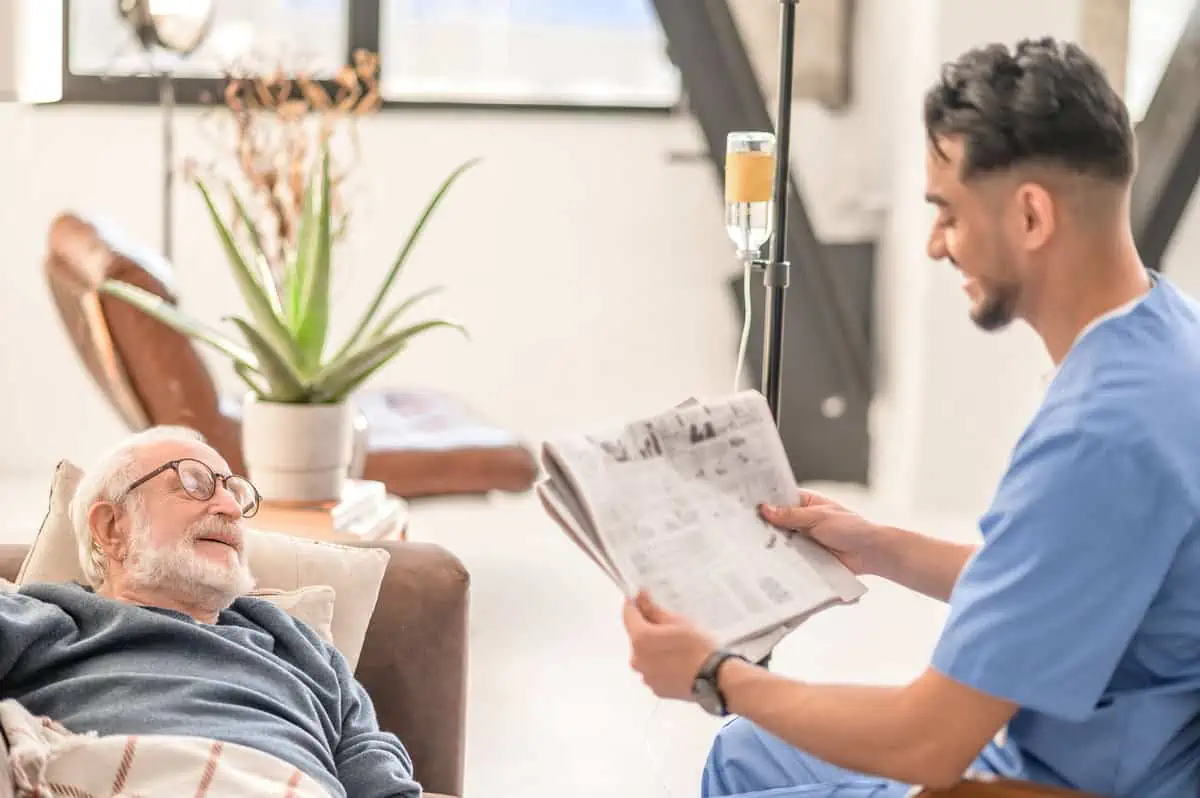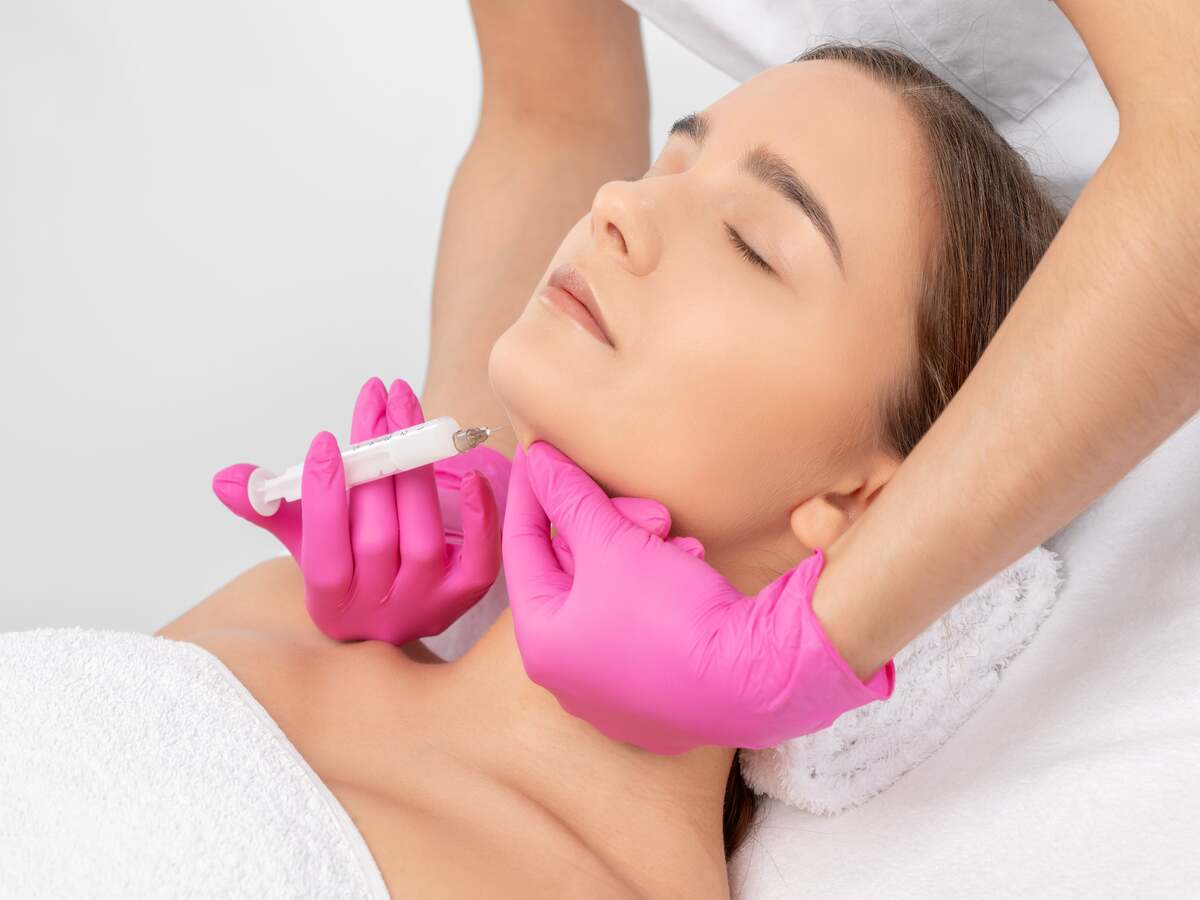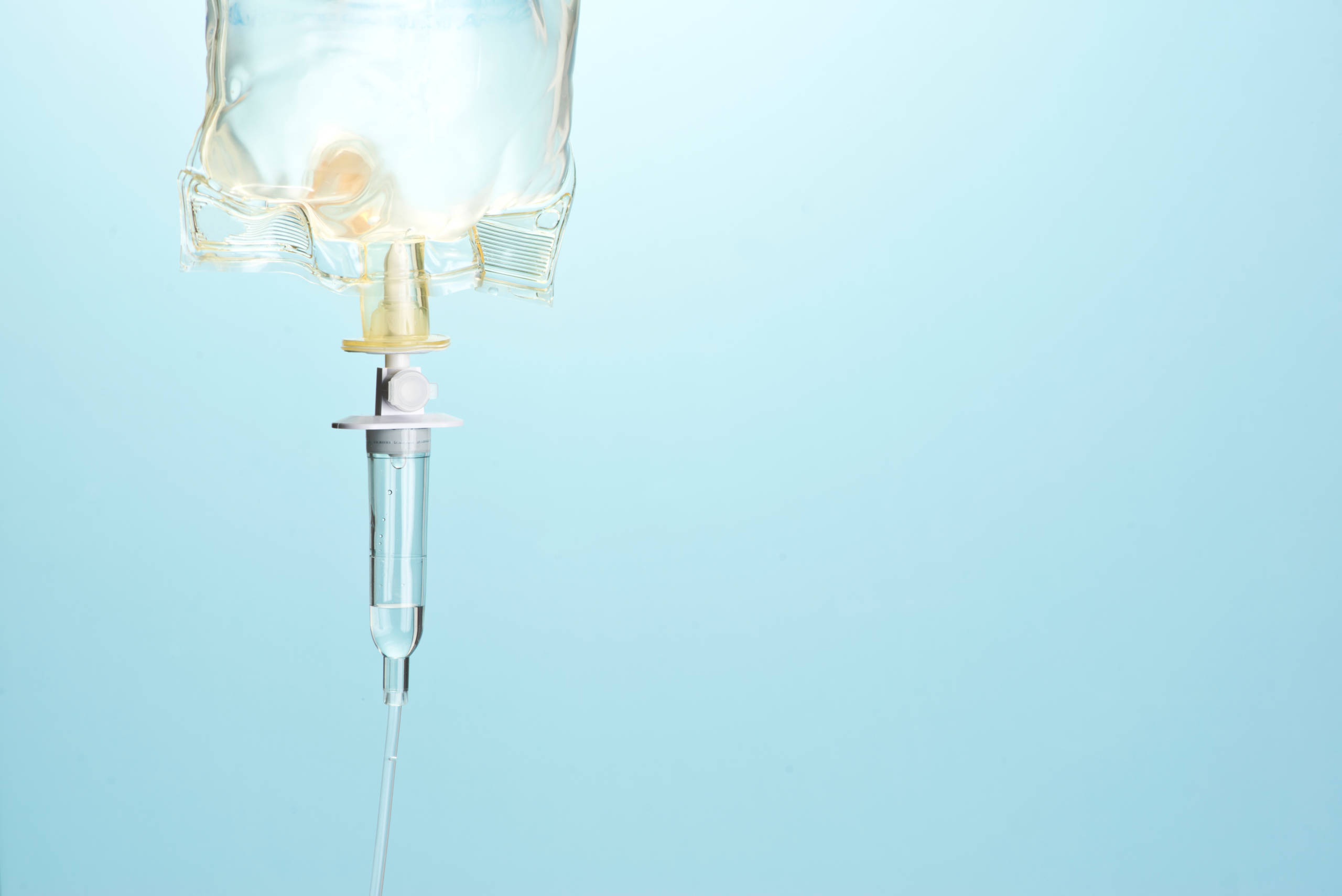Botox
In cosmetic procedures, Botox is commonly used to address the appearance of wrinkles and fine lines on the face, on the forehead, between the eyebrows, and around the eyes. It temporarily paralyzes or weakens the muscles responsible for causing these wrinkles, resulting in a smoother and more youthful appearance.
It is the brand name for a neurotoxic protein called botulinum toxin, produced by the bacterium Clostridium botulinum. This toxin is a purified form used in medical and cosmetic procedures. Botox works by temporarily blocking nerve signals in the muscles where it is injected.
Suitable candidate: Botox is ideal for individuals who are generally healthy and seeking cosmetic improvement or treatment for specific medical conditions. However, the particular suitability criteria may vary depending on the purpose of the treatment. For aesthetic purposes, suitable candidates are typically adults who want to improve their facial skin health. The suitability may depend on the specific condition being addressed for medical purposes, and a healthcare professional can determine the eligibility.
Benefits: The benefits of Botox can vary depending on the purpose of the treatment:
Cosmetic benefits: Botox injections can help reduce the appearance of wrinkles, fine lines, and crow’s feet on the face, which results in a more youthful appearance. It can temporarily paralyze the muscles responsible for these wrinkles, giving the skin a more relaxed and rejuvenated look.
Medical benefits: The popular treatment can also be used to address various medical conditions, including but not limited to:
Chronic migraines: Botox injections can help reduce the frequency and severity of migraines in individuals who experience them regularly.
Excessive sweating (hyperhidrosis): Botox can control excessive sweating by congesting the chemical signals that stimulate sweat glands.
Muscle spasms and dystonia: Botox injections can help relax overactive muscles and reduce muscle spasms, relieving conditions such as cervical dystonia (neck spasms) or blepharospasm (eyelid twitching).
Conditions addressed: Botox can address cosmetic concerns related to facial wrinkles and lines. It is also excellent in the medical field as it is used for chronic migraines, hyperhidrosis (excessive sweating), specific muscle spasms, and dystonia.
Procedure:
Consultation: The individual discusses their concerns and goals with the chosen qualified healthcare professional. The professional evaluates the individual’s suitability for the treatment, discusses expected outcomes, and addresses any questions or concerns.
Preparation: The treatment area is cleansed, and sometimes a topical anesthetic or numbing cream is administered to decrease any pain or discomfort.
Injection: A fine needle injects Botox into the targeted muscles. The amount of Botox used depends on the treatment area and the desired outcome. The procedure is relatively quick and typically takes about 10 to 15 minutes.
Follow-up: After the procedure, the individual may be given instructions on post-treatment care and any potential side effects. A follow-up session may be scheduled to assess the results and make necessary adjustments.
Dysport
Suitable candidate: Dysport, like Botox, is an injectable form of botulinum toxin type A. It is excellent for both cosmetic and medical purposes. The qualified candidates for Dysport may vary depending on the specific purpose of the treatment. For cosmetic purposes, suitable candidates are typically adults whose goal is to eliminate the appearance of wrinkles and fine lines like in Botox. The eligibility may depend on the condition being addressed for medical purposes, and a healthcare professional can determine the suitability.
Benefits: The benefits of Dysport are similar to those of Botox and can vary depending on the purpose of the treatment:
Cosmetic benefits: Dysport injections can help reduce the appearance of facial wrinkles, frown lines, and crow’s feet. It temporarily relaxes the muscles responsible for these wrinkles, leading to a smoother and more youthful appearance of the skin.
Medical benefits: Dysport can also be used for medical conditions such as:
Cervical dystonia: Dysport injections can help reduce muscle spasms and abnormal head position in individuals with cervical dystonia, a condition characterized by involuntary muscle contractions in the neck.
Excessive sweating (hyperhidrosis): Dysport can control excessive sweating by inhibiting the chemical signals that stimulate sweat glands.
Conditions addressed: Dysport can address cosmetic concerns related to facial wrinkles and lines, similar to Botox. Additionally, it can be used to treat medical conditions such as cervical dystonia, hyperhidrosis, and muscle spasticity.
Procedure:
Consultation: The individual discusses their concerns, goals, and medical history with a qualified healthcare professional. The professional assesses the suitability for treatment, discusses expected outcomes, and addresses any questions or concerns.
Preparation: The treatment area is cleaned, and a topical anesthetic is applied to minimize discomfort.
Injection: Dysport is injected directly into the targeted muscles using a fine needle. The number of injections for Dysport used depends on the treatment area and desired results.
Follow-up: After the procedure, the individual may receive instructions on post-treatment care and potential side effects to watch for. A follow-up appointment may be scheduled to assess the results and make necessary adjustments.
How Can You Determine Which Between Botox and Dysport is Suitable for You?
Whether Botox or Dysport is more suitable for an individual is typically done in consultation with a qualified healthcare professional. They will consider several factors to make an informed decision:
- Desired outcomes: Discuss your specific goals and expectations with the healthcare professional. They can assess which areas you would like to target and the desired results you hope to achieve.
- Medical history: Provide a comprehensive medical record, including previous treatments, allergies, or medical conditions. Certain medical conditions or medications may affect the suitability of Botox or Dysport.
- Physical examination: The healthcare professional will evaluate your facial anatomy or the affected area to determine the most appropriate treatment approach and whether any specific considerations need to be considered.
- Expertise and experience: Consider the knowledge and understanding of the healthcare professional. They can provide valuable insights based on their knowledge and experience with Botox and Dysport.
- Personal preference: Some individuals may choose one product over another based on their research, previous experiences, or recommendations from friends or family. However, discussing this preference with the healthcare professional ensures it recognizes your specific needs.
Choosing a healthcare professional who will guide you in deciding which Dysport and Botox treatment is right for you is vital. Avid Aesthetics and Wellness will give you this guidance. Contact them now and enjoy all the benefits that both procedures can offer!




